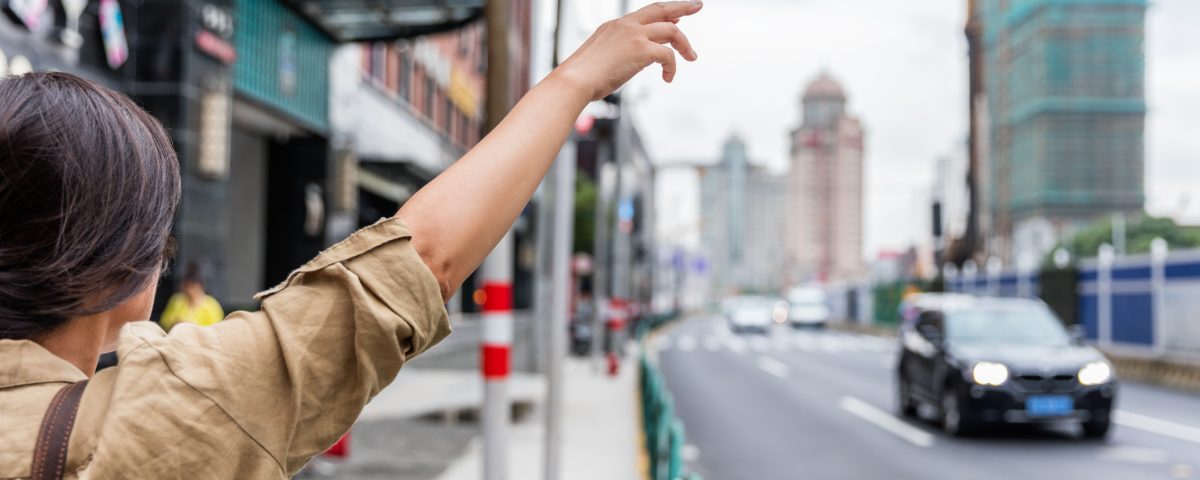
Form 720 and PCORI Fees Due July 31st
June 27, 2017
Medicare Part D Creditable Coverage Notices Due October 14th
September 12, 2017Transportation network companies, such as Uber and Lyft, are officially able to operate in Upstate New York (wahoo!). But, hit the brakes! While the popularity of these app-based companies is on the rise, so are the increasing number of risks associated with using them. Whether you want to be a driver or rider, you’ll need to understand and navigate around a few potential roadblocks.
Insurance Coverage
The thrill of working on your own schedule and getting paid to turn your vehicle into a “taxi” may not pose any drawbacks…until you find out that you’ve been dropped by your insurance company.
The ride-sharing industry has only existed for a short while, which means that insurance companies are in uncharted territory; and most are being very careful.
Since ride-sharing drivers use their vehicles for both business and personal use, ‘work’ begins as soon as a driver turns their ride-sharing mobile app on. When the ride-sharing app is turned off, the driver’s primary insurance coverage is their personal auto policy. When the driver has the app turned on and has accepted a ride, the driver is covered by the transportation network company’s policy until the end of the ride. However, if the driver has the ride-sharing app turned on but has not yet accepted a ride, the company typically has a contingent liability policy that will provide coverage should the driver’s personal auto policy not offer protection.
However, it’s important to note that not all personal insurance policies allow for a vehicle to be used for business use in the first place. That means that if a driver fails to indicate that they drive their vehicle for business purposes, the insurance company may not only deny claims, but even cancel the insurance policy altogether.
Tip: Check with your personal auto insurance carrier if you are interested in working for a company like Uber or Lyft to avoid an unexpected change in your coverage.
Safety Risks
Safety should always be a primary concern, both for passengers and drivers. Although drivers are expected to act in a professional manner, a passenger never really knows how reliable a driver is. Likewise, a driver never knows what type of person they are about to give a ride to. Safety is never a complete guarantee when using a transportation network company.
By default, when a passenger accepts a ride through a ride-sharing company, they automatically agree to a host of terms and conditions. Although the driver should have personal and commercial insurance coverage, there is no guarantee that—should an accident occur—damages will actually be paid.
Tip: If using a ride-sharing app, check that the driver’s photo, name and license plate match what’s listed on the app before you enter their vehicle.
Thinking of sharing your ride? Contact your GKG representative and we’ll get you started down the right path!

